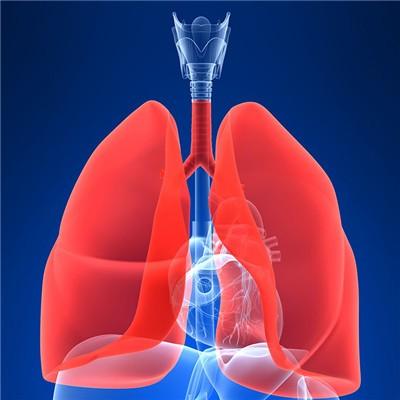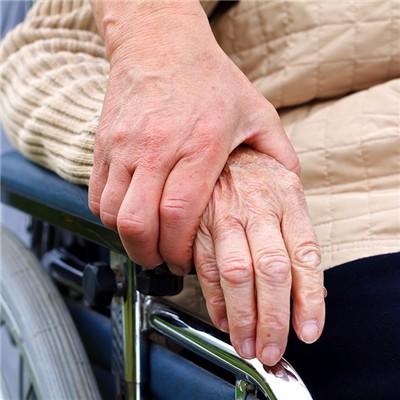Rib fracture pneumothorax symptom?
summary
A total of 12 pairs of ribs are symmetrically distributed around the chest, connecting with the thoracic vertebrae and sternum to form the thorax. The skeleton used to protect the lung, heart, liver and other organs is the framework of the whole chest. Chest injury, the most likely to cause rib fractures. The physiological structure of the rib determines the most easily broken part. The first to third rib is short, and it has the protection of clavicle and scapula, so there is less fracture. The 4th-7th rib is long and fixed, which is the most prone to rib fracture. Although the 8th-10th rib is long, it forms a costal arch with the sternum, which has greater elasticity and is not easy to break. The 11th to 12th ribs are free at the front and are not easy to fracture. Rib fracture pneumothorax symptom? Let's talk about it
Rib fracture pneumothorax symptom?
Local pain is the most obvious symptom of rib fracture, which is aggravated by coughing, deep breathing or body rotation. Sometimes patients can hear or feel bone friction. Most of the X-ray films can show rib fracture, but for costal cartilage fracture, "willow branch fracture", there is no dislocation of the fracture, or the middle rib fracture is not easy to find on the chest film because of the overlapping of the ribs on both sides, so it should be further examined by CT and combined with clinical manifestations to avoid missed diagnosis.

Pain and chest stability are damaged, which can make respiratory mobility limited, breathing shallow and alveolar ventilation reduced, patients dare not cough, phlegm retention, resulting in lower respiratory tract secretion obstruction, consolidation or atelectasis, which in elderly patients or patients with lung disease should be given priority *.

When the flail chest exists, when inhaled, the negative pressure of the chest increases and the softened part of the chest wall sinks inward; When exhaling, the chest pressure increases and the injured chest wall floats and bulges, which is opposite to the movement of other chest walls. It is called "abnormal breathing movement". Abnormal breathing movement can make the chest pressure on both sides unbalanced, and the mediastinum moves back and forth with breathing, which is called "mediastinum swing", affecting blood return and causing circulatory dysfunction, It is one of the important factors that lead to and aggravate shock.

matters needing attention
(1) Wound debridement: as open wounds are contaminated wounds, surgical debridement must be performed, and fixed after removing pollutants and necrotic tissue( 2) Drainage: Patients with pleural cavity perforation must undergo pleural cavity drainage( 3) Prevention of infection: the use of antibiotics to strengthen the prevention of infection.

















